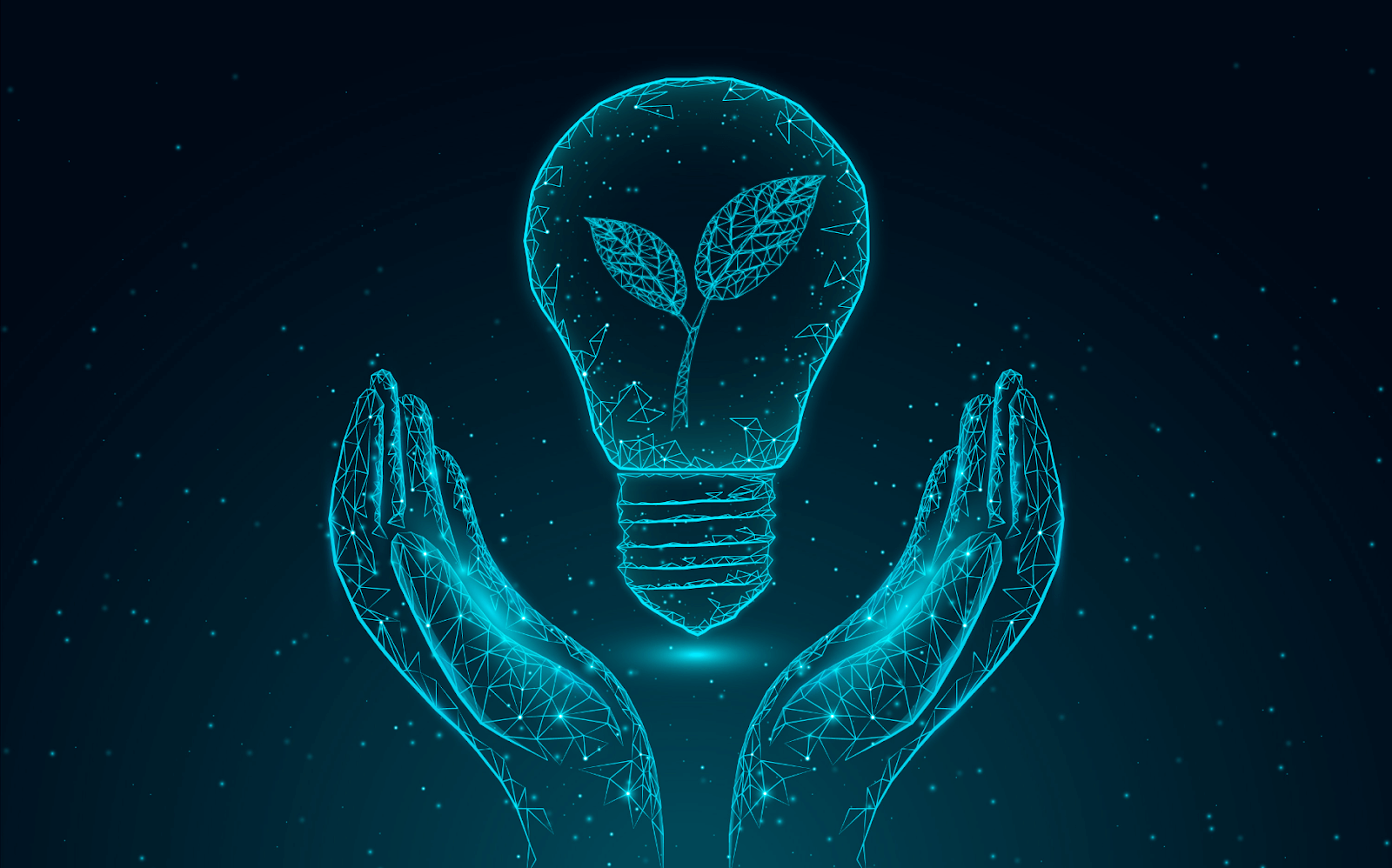The past decade has been characterized by remarkable technological advancements that have reshaped various aspects of daily life, industry operations, and global communication. This period, often referred to as “The Decade of Disruption,” has seen innovations that not only improved existing technologies but also introduced entirely new paradigms.
Key Innovations
- Artificial Intelligence (AI) has transitioned from a niche technology to a mainstream component in numerous applications. It powers virtual assistants like Siri and Alexa, enhances image recognition systems, and is integral in automating processes across industries. The ability of AI to analyze vast amounts of data has revolutionized sectors such as healthcare, where it aids in diagnostics and personalized medicine.
- Cloud computing has transformed how businesses operate by providing scalable storage solutions and enabling remote work. The growth of public cloud services has allowed companies to manage data more efficiently, facilitating the rise of Software-as-a-Service (SaaS) models that have become essential for modern business operations.
- 5G networks significantly enhanced mobile connectivity, allowing for faster data transmission and supporting the proliferation of connected devices. This technology is expected to drive advancements in areas such as smart cities, autonomous vehicles, and the Internet of Things (IoT), making real-time data processing feasible.
- Internet of Things (IoT) technology has expanded the connectivity of everyday devices, enabling them to collect and exchange data. This has led to smarter homes and cities, where appliances can communicate with each other and optimize energy use, enhancing efficiency and convenience.
- Blockchain has emerged as a secure method for conducting transactions online, leading to innovations in cryptocurrency and decentralized finance (DeFi). Its applications extend beyond finance into areas like supply chain management and digital identity verification, providing transparency and security.
- The market for wearable devices has exploded, with products ranging from fitness trackers to smartwatches becoming commonplace. These devices not only monitor health metrics but also integrate with other technologies to enhance user experience in various fields such as healthcare and fitness.
- Technological advancements in renewable energy, sources like solar and wind power have gained momentum due to increased awareness of climate change. Innovations in energy storage and efficiency have made these technologies more viable alternatives to fossil fuels.
- 3D printing technology has revolutionized manufacturing by allowing for rapid prototyping and customization. It has applications in various sectors including healthcare (for prosthetics), automotive (for parts), and even construction.
- Voice recognition technology has advanced significantly, enabling more natural interactions with machines through smart speakers and virtual assistants. This innovation has transformed how users engage with technology, making it more accessible.
- Augmented Reality (AR) and Virtual Reality (VR) technologies have found applications in education, training, entertainment, and retail, providing immersive experiences that enhance learning and engagement.
Conclusion
The technological innovations of the last decade have not only improved existing systems but also created new opportunities across various sectors. As we move forward into the next decade, these technologies are expected to continue evolving, further integrating into our lives and reshaping our world in ways we are just beginning to understand.

